World Heritage
Papahānaumokuākea Marine National Monument is the only mixed UNESCO World Heritage Site in the U.S.
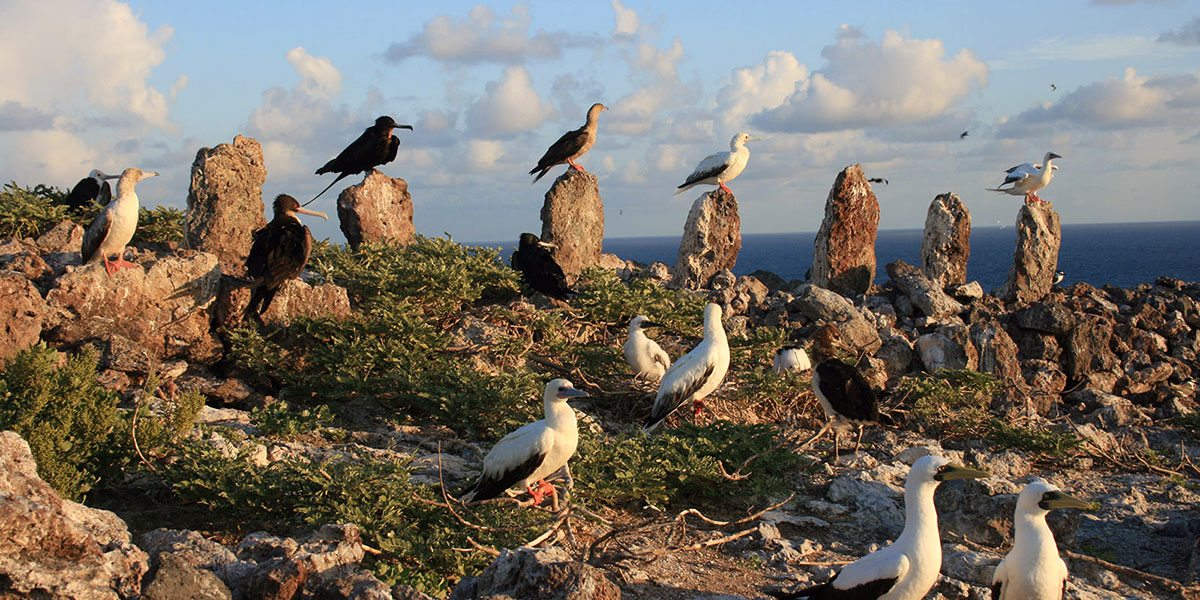
On July 30, 2010, Papahānaumokuākea Marine National Monument was inscribed as a mixed World Heritage site by United Nations Educational, Scientific and Cultural Organization (UNESCO). Because the monument represents one of the best examples of both the world’s cultural as well as natural heritage, it has the distinction of being named the only mixed World Heritage site within the United States. It is one of only 24 World Heritage sites in the U.S., and one of two in Hawai‘i, along with Hawai‘i Volcanoes National Park. Download the official decision on the Papahānaumokuākea Inscription (1.4mb pdf). For more information, please visit the UNESCO website.
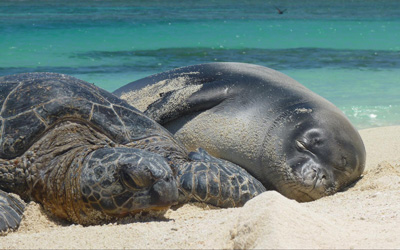
“A World Heritage site is part of an international community that appreciates and has concerns for universally significant properties,” said Athline Clark, NOAA superintendent of Papahānaumokuākea Marine National Monument. “Through a shared interest, countries join hands to protect and cherish the world's natural and cultural heritage, expressed in a commitment to preserving our legacy for future generations.”
What is a World Heritage Site?
Becoming a World Heritage site, either natural or cultural, is not easy. A World Heritage Site is an area chosen by UNESCO, upon nomination from a Country and judged to be important to the collective interests of humanity. It must represent a unique, most significant, or best example of the world’s cultural and/or natural heritage. Papahānaumokuākea joins such iconic sites as the Great Barrier Reef, Galapagos Islands, Great Wall of China, and the Pyramid Fields of Egypt in World Heritage recognition.
To be included on the World Heritage List, sites must meet at least one of 10 strict criteria under either natural or cultural categories. Inscription as both is that much more difficult. The monument met multiple criteria for both, and is one of only 39 global locations inscribed as a mixed site for both natural and cultural importance, out of 1,121 sites worldwide.
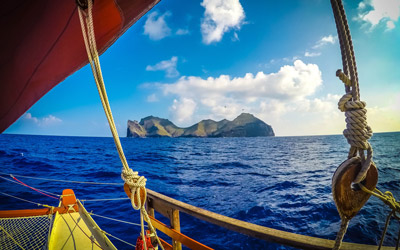
Where Nature and Culture Are One
Papahānaumokuākea’s globally significant natural attributes incorporate its living, indigenous, cultural connections to the sea––where modern Hawaiian wayfinders (non-instrument navigators) still voyage for navigational training on traditional double-hulled sailing canoes; an aspect of inscription unique to Papahānaumokuākea. Additionally, World Heritage status places this traditional skill, which was used to navigate across the world’s largest ocean––one of the greatest feats of human kind––onto the world stage.
Hawai‘i’s Second World Heritage Site
Papahānaumokuākea is the second World Heritage Site in the State; Hawai‘i Volcanoes National Park was inscribed in 1987. Together, the two sites emphasize one of the six criteria for which the Monument was designated. The small islands, reefs, and shoals of Papahānaumokuākea represent the longest, clearest, and oldest example of island formation and atoll evolution in the world, spanning 28 million years, which contrasts strikingly with Hawai‘i Island’s continued volcanic growth at the southeastern end of the Hawaiian Archipelago.
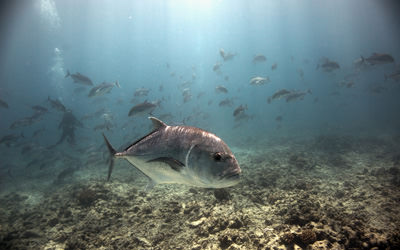
‘Āina Momona - Place of Abundance
The near pristine remote reefs, islands, and waters of Papahānaumokuākea provide refuge and habitat for a wide array of threatened and endangered species and is one of the last predator-dominated coral reef ecosystems on the planet; manō (sharks) and ulua (jacks) dominate the underwater landscape. The region also provides critical nesting and foraging grounds for 14 million seabirds making it the largest tropical seabird rookery in the world.
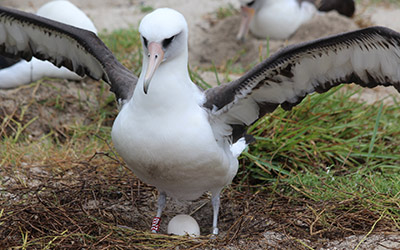
Management and Visitation
World Heritage designation does not change the Monument’s cooperative federal-state management mission, plan or structure, nor does it impose, change or add regulations or restrictions. The Monument’s management philosophy and regulations have always been designed to “bring the place to the people” through education, virtual exposure, and extremely limited visitation. Although inscription has increased tourism at other World Heritage sites, for Papahānaumokuākea, the situation is quite different. All human access and activity remain by permit only, with visitation by the public restricted to Midway Atoll under strict carrying-capacity guidelines.
World Heritage Marine Program
Papahānaumokuākea Marine National Monument is one of only 50 marine World Heritage sites. It was a key driver in the creation of the UNESCO World Heritage Marine Program, which created a network of site managers who share conservation solutions, accelerate successful results, and address common concerns, such as climate change impacts and building resilience. Papahānaumokuākea is cooperatively managed to ensure ecological integrity and achieve strong, long-term protection and perpetuation of Northwestern Hawaiian Island ecosystems, Native Hawaiian culture, and heritage resources for current and future generations. Four co-trustees – the Department of Commerce, Department of the Interior, the State of Hawai‘i, and the Office of Hawaiian Affairs, protect this special place.
For more information, view the original announcement.



